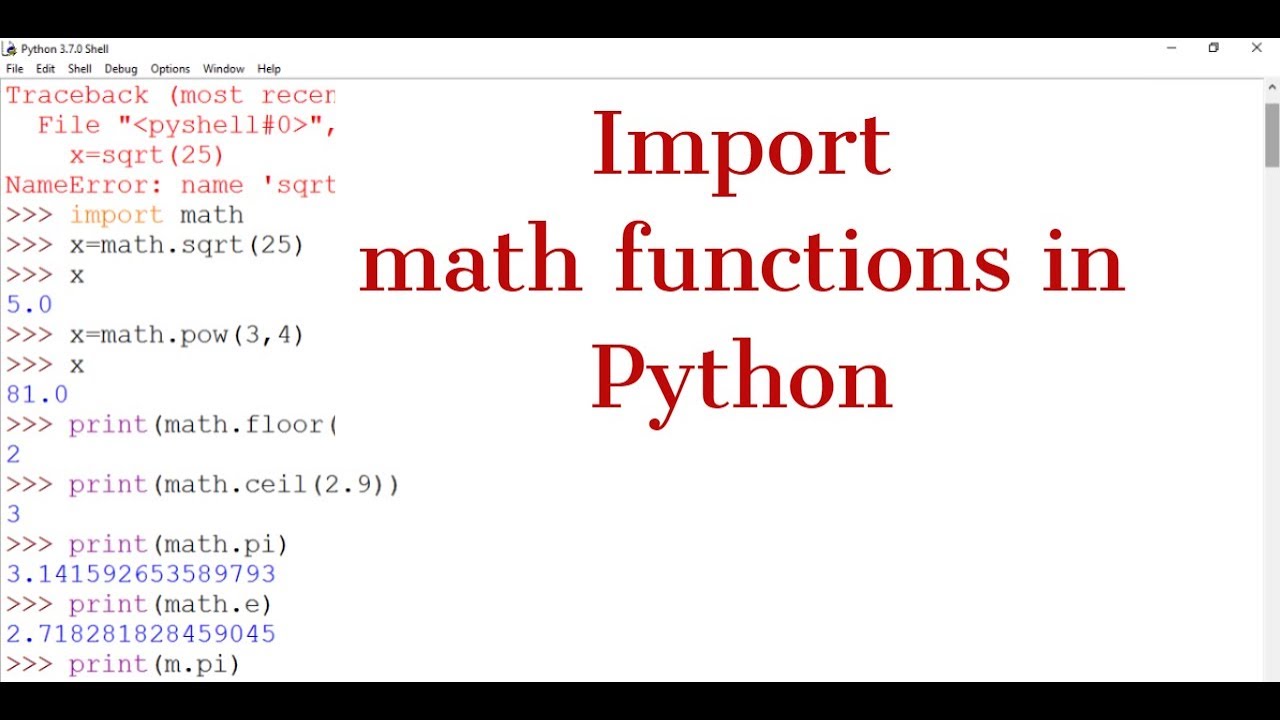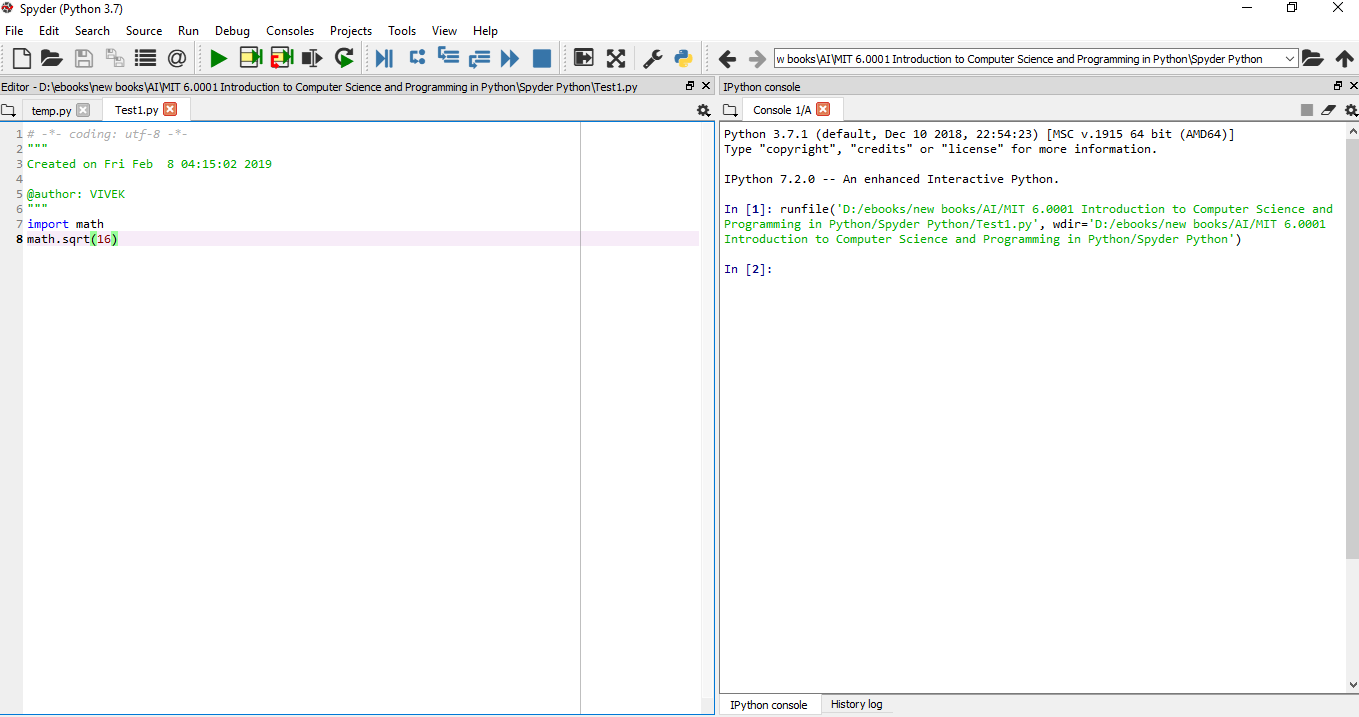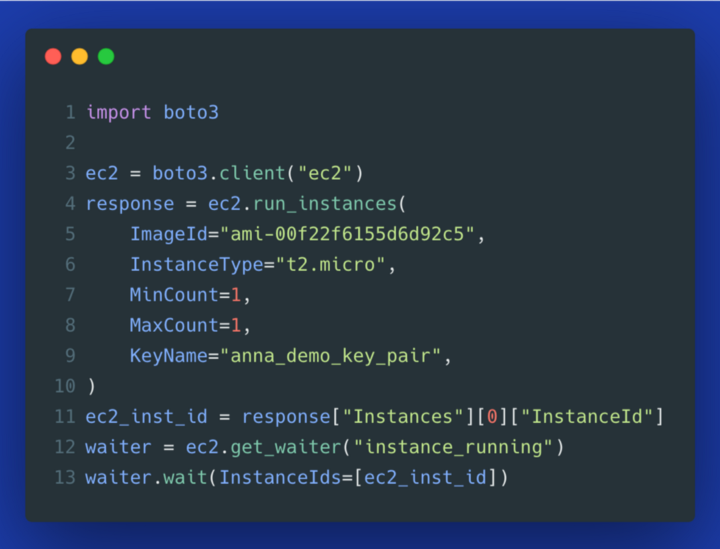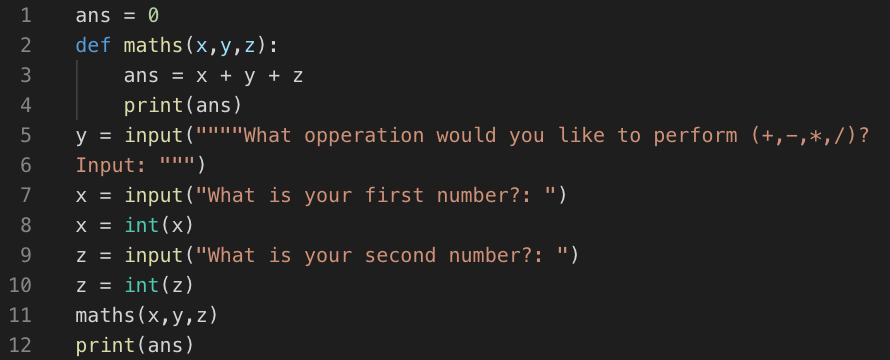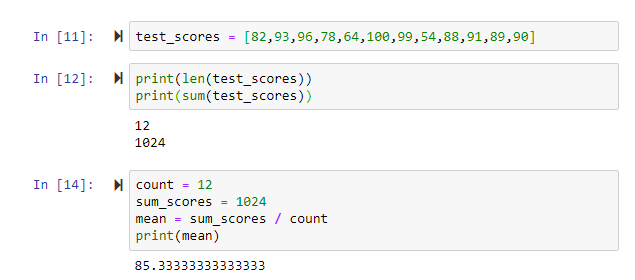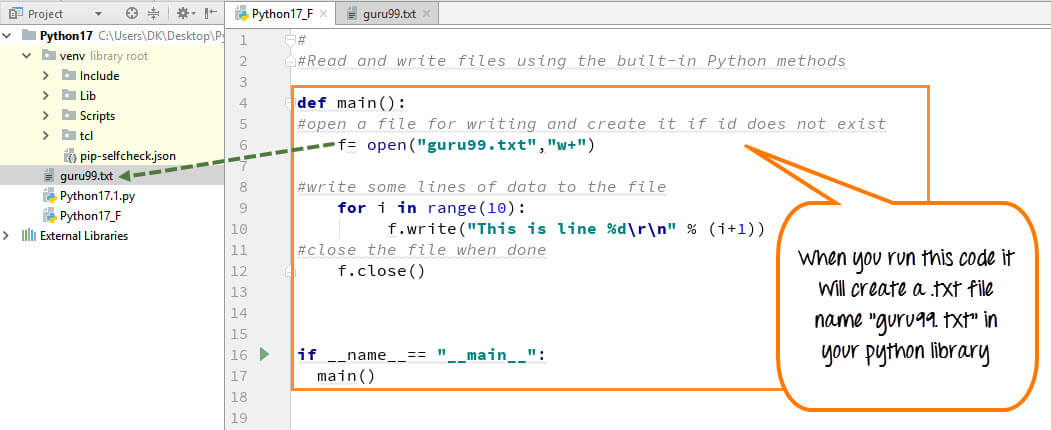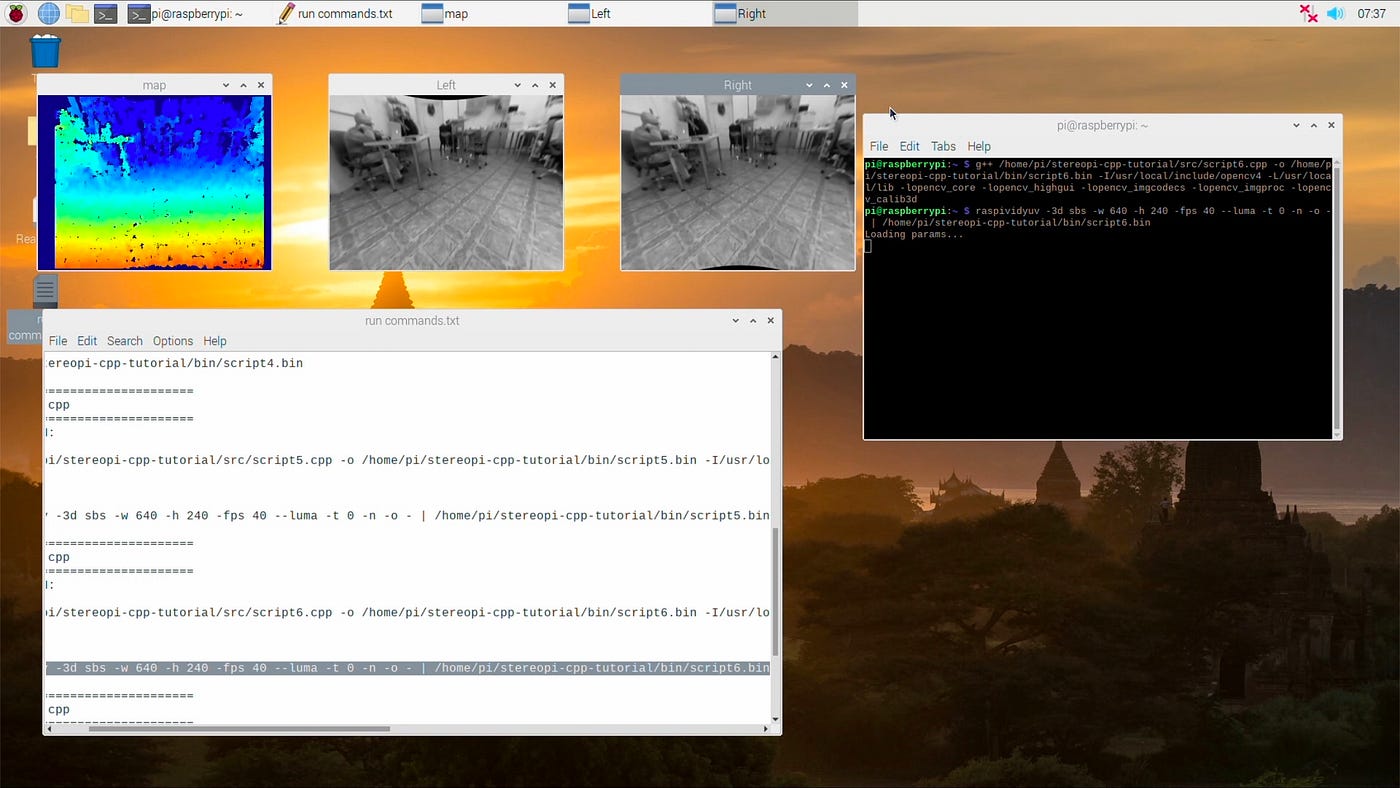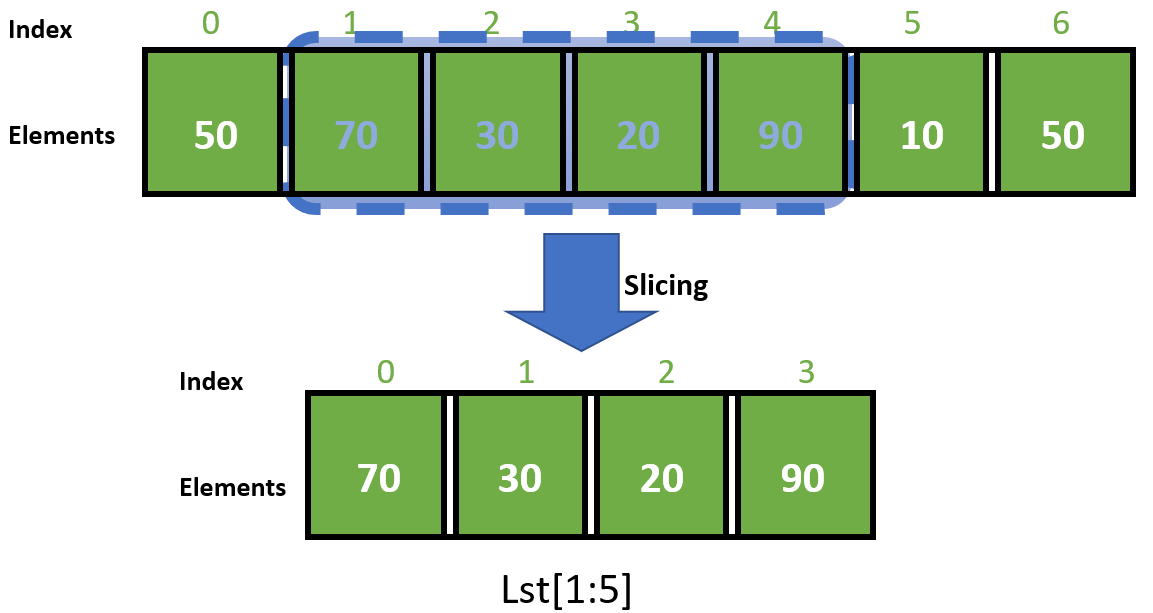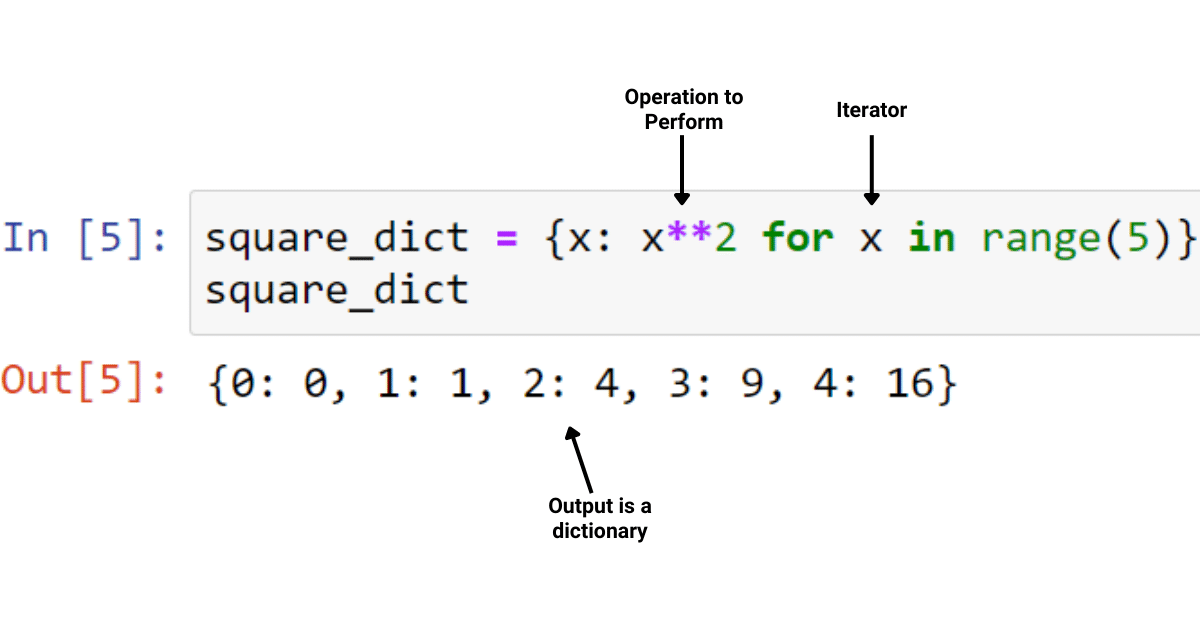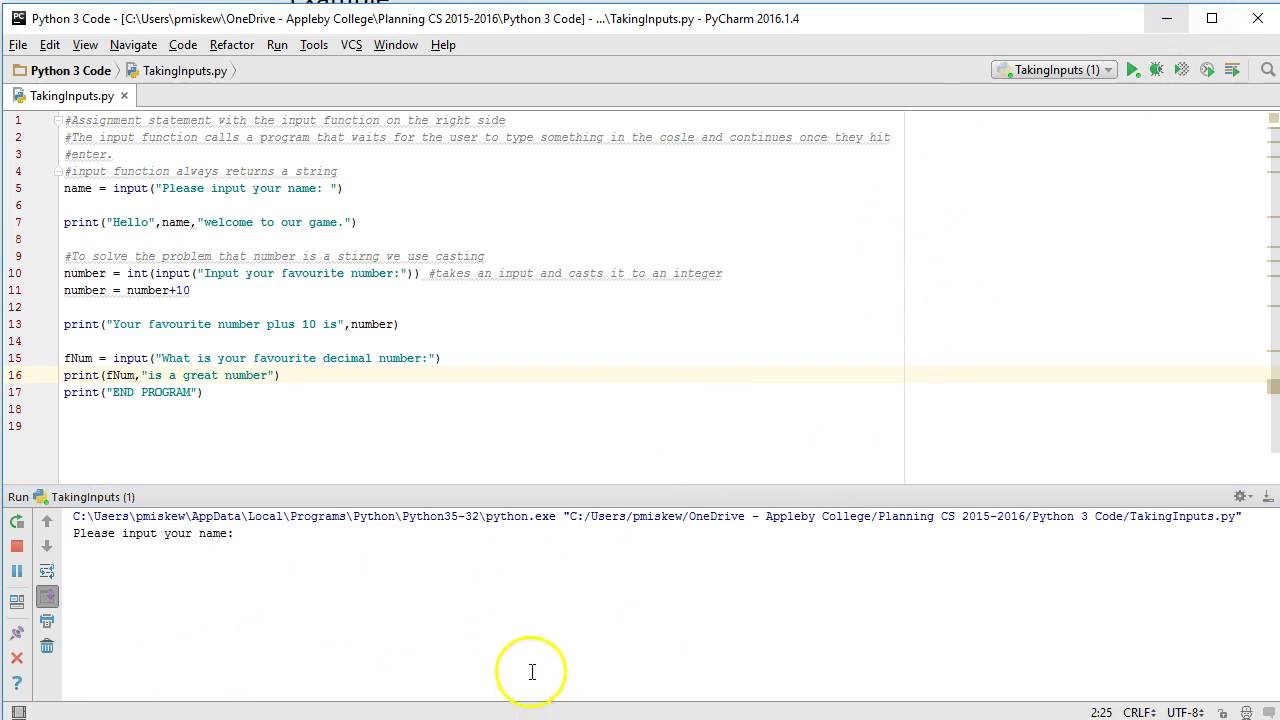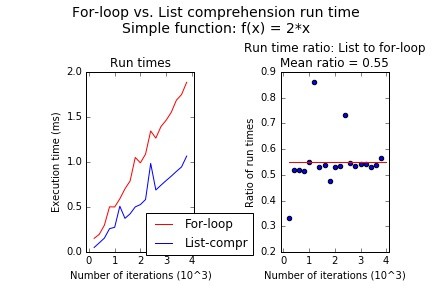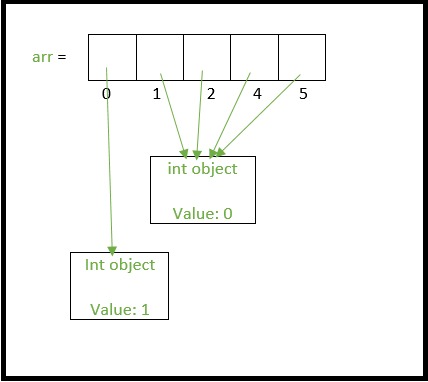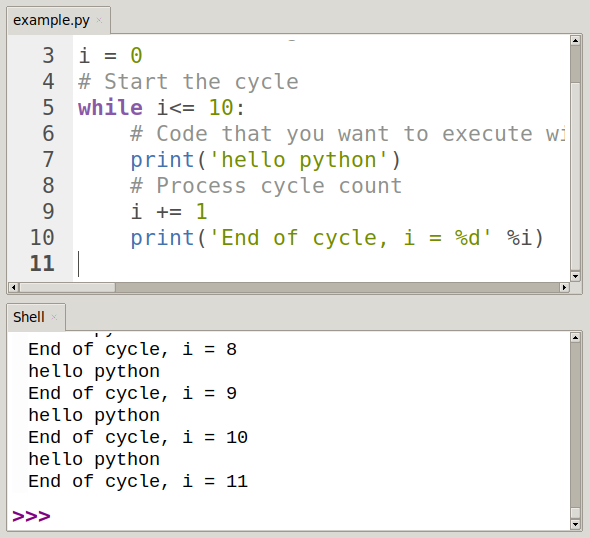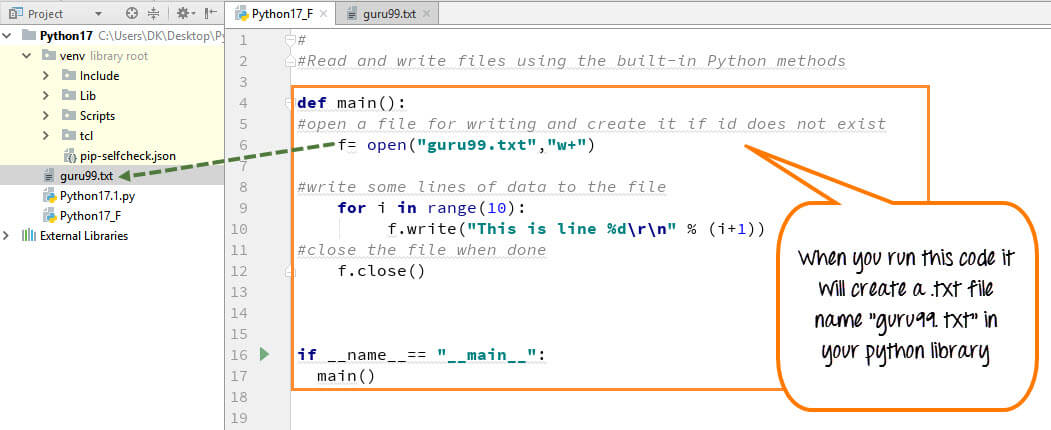Python import module from directory
Python import module from directory

I understand the request now that you want me to respond only in English and provide information on how to import modules from a directory using Python.
Why would I want to import modules from a directory?
In Python, when you create a new project or package, it's common to organize your code into separate directories (or folders) for different features or components. Sometimes, you might have related functionalities that don't fit neatly into a single script or module. That's where importing modules from a directory comes in handy.
How do I import modules from a directory?
To import modules from a directory, you'll need to add the directory to your Python path using the sys.path.insert method. Here's an example:
import sys
sys.path.insert(0, '/path/to/your/directory')

In this example, replace /path/to/your/directory with the actual path to the directory containing your modules.
Alternatively, you can use a relative path
If you're working within the same project or package, you might not need to specify the full absolute path. You can use a relative path instead:
import sys
from pathlib import Path
sys.path.insert(0, str(Path(file).resolve().parent.parent) + '/directory_name')

In this case, __file__ refers to the current script's file object, and resolve(), parent, and parent.parent are used to construct the relative path. Make sure to replace 'directory_name' with the actual name of your directory.
How do I import modules from a package?
Now that we've got our directory on the Python path, let's talk about importing modules from within a package (i.e., a directory containing multiple files).
Assuming you have a mymodule.py file in your mydirectory package, you can import it like this:
from mydirectory import mymodule
If your module has public functions or variables that you want to expose to the outside world, consider creating an __init__.py file within your directory. This will turn your directory into a Python package.
Example usage
Here's an example of how you might use your newly imported modules:
from mydirectory.mymodule import add
result = add(2, 3)
print(result) # Output: 5
In this example, add is a function defined within your mymodule.py. By importing the module and calling the add function, you're effectively reusing code from another part of your project.
Best practices
When working with modules from directories, keep the following best practices in mind:
Keep related functionality separate: Organize your code into distinct directories or packages based on functional categories (e.g., data processing, web scraping, etc.). Use descriptive names for directories and modules: Choose meaningful names that reflect the purpose or functionality of each module. Document your code: Add comments, docstrings, or even separate documentation files to help others understand how your code works. Keep dependencies minimal: Aim to make each module self-contained by minimizing its dependencies on other modules.By following these guidelines and using Python's built-in import mechanisms, you'll be well on your way to creating maintainable, modularized code that can be easily reused within or across projects.
Python import math
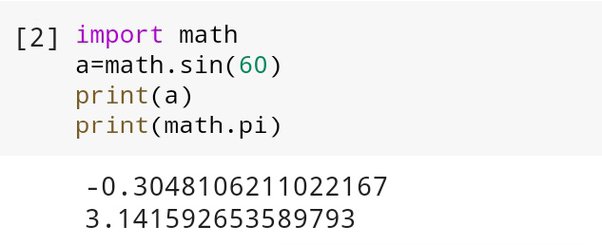
I'm happy to respond in English for this special request!
Regarding your requirement, I can see that you want me to write a response using Python, specifically importing the math module. Here's an example of how I can do that:
import math Example usage:
print(math.pi) # prints the value of pi
print(math.sqrt(4)) # prints the square root of 4
print(math.sin(math.radians(90))) # prints the sine of 90 degrees in radians
In this code, we're importing the math module and then using some of its functions. The math.pi constant gives us the value of pi (approximately 3.14159), math.sqrt(4) calculates the square root of 4 (which is 2), and math.sin(math.radians(90)) calculates the sine of 90 degrees in radians (which is 1, since sin(90) = 1).
Now, let me elaborate on some more features of the math module. The math module provides a wide range of mathematical functions, including trigonometric, exponential, and logarithmic operations.
For example:
Trigonometric functions:sin(x) calculates the sine of x radians
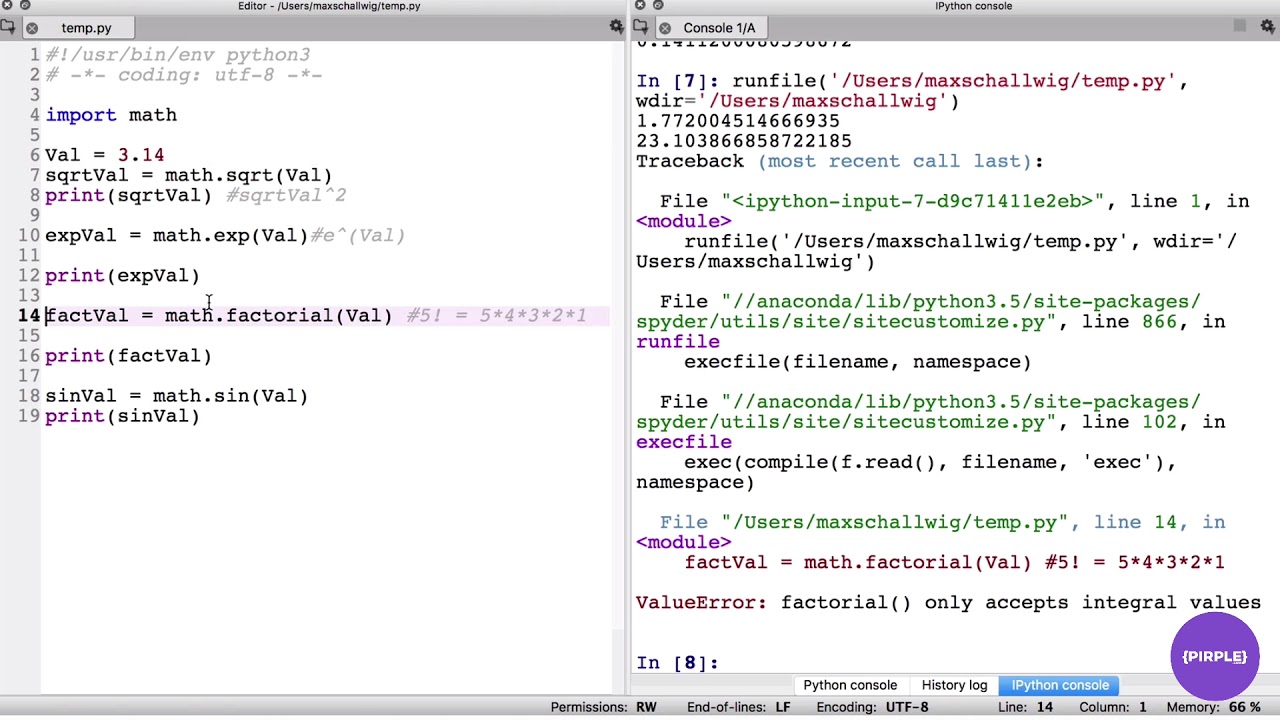
cos(x) calculates the cosine of x radians tan(x) calculates the tangent of x radians Hyperbolic functions: sinh(x) calculates the hyperbolic sine of x cosh(x) calculates the hyperbolic cosine of x tanh(x) calculates the hyperbolic tangent of x Exponential and logarithmic functions: exp(x) calculates the exponential function e^x log(x) calculates the natural logarithm (base-e) of x
There are many more functions available in the math module, so I encourage you to explore its capabilities!
